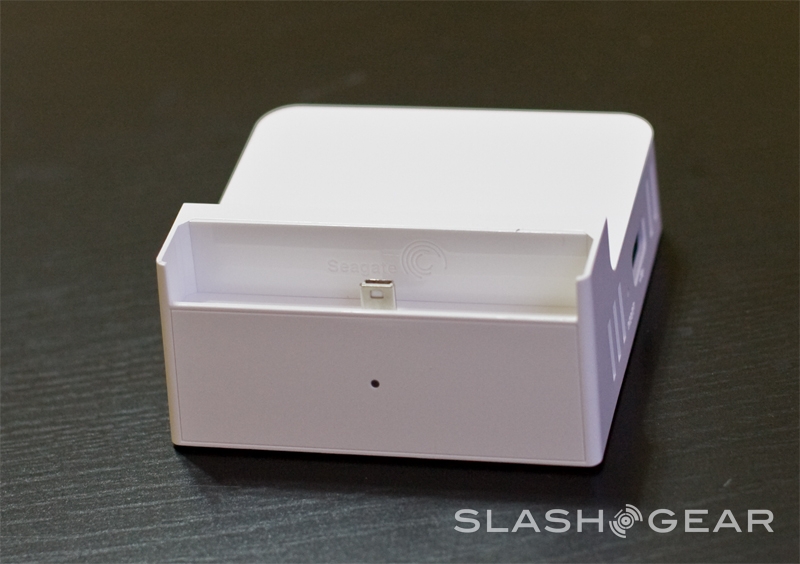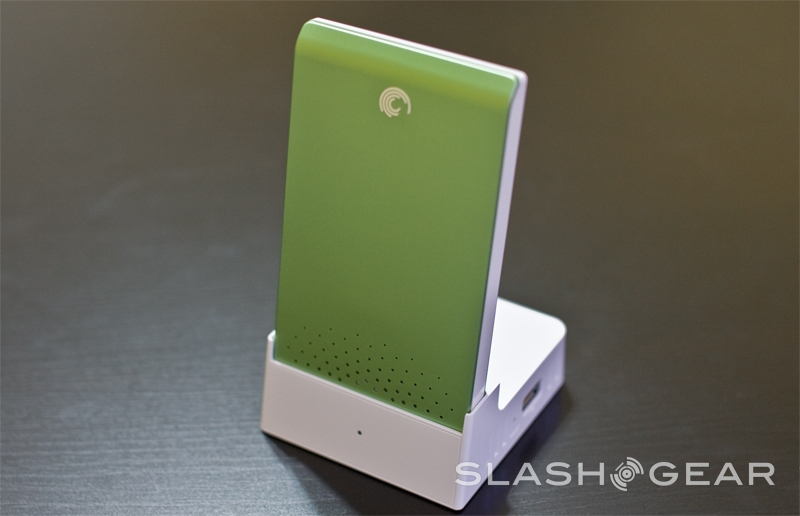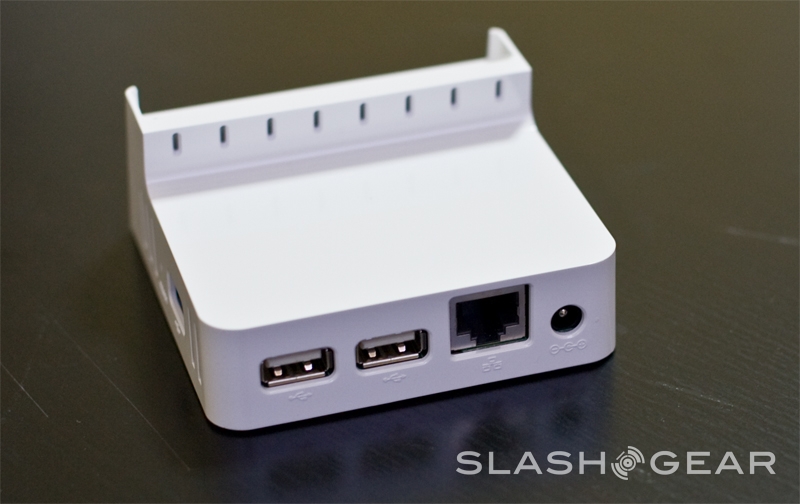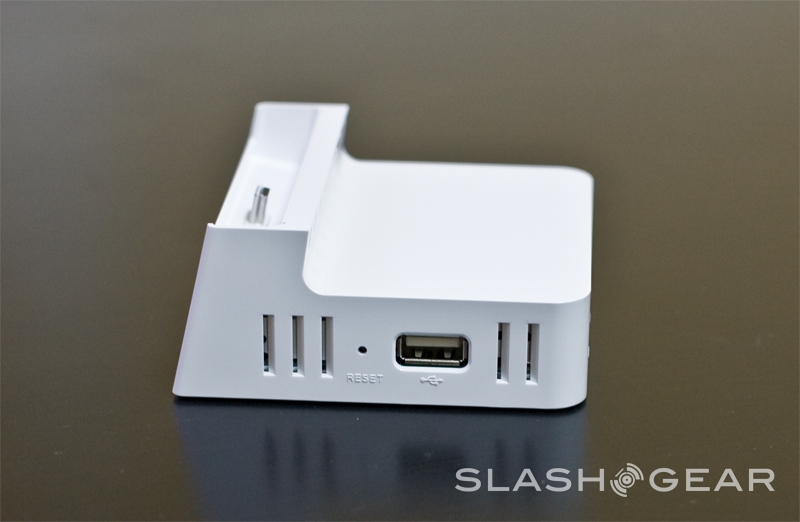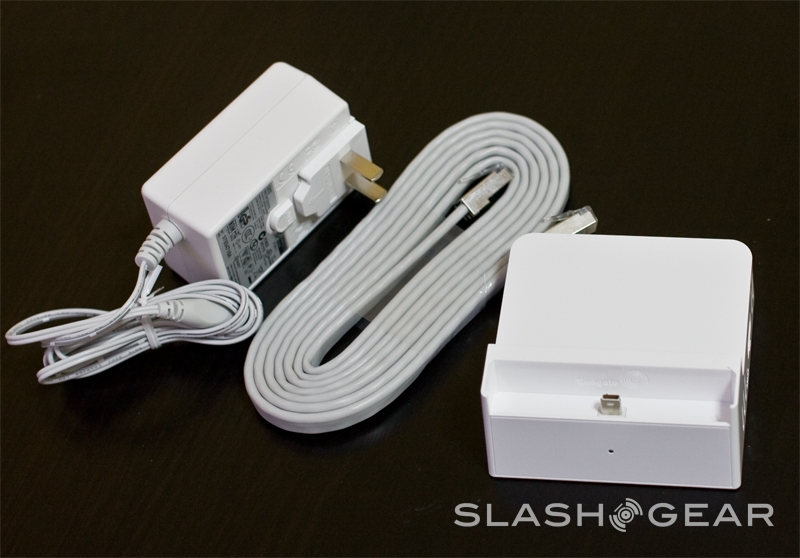Seagate FreeAgent DockStar review
Most digital libraries flourishing and ubiquitous connectivity spreading, having access to our personal data and media wherever we are is looking all the more appealing. NAS (Network Attached Storage) devices have had the ability to share via broadband for years, but most owners don't take advantage of it; into the mixture steps Seagate, whose new FreeAgent DockStar takes the company's FreeAgent Go USB hard-drive and makes remotely sharing its content incredibly easy. Obvious addition to every home network, or is there a sting in the tail? Check out the full SlashGear review after the cut.
What dissuades most users from setting up remote access is the hassle of network settings. Home broadband connections often charge extra for static IP addresses, meaning the string of digits you have to remember in order to access your home network can change without you necessarily realising it. That, together with NAT firewall confusion and concern over just who has access to your shared files, is often enough to scupper any half-hearted intention to open up a NAS.
Seagate get round this by using Pogoplug's technology, or more accurately by squeezing a Pogoplug adapter into the dock itself. Pogoplug, first announced back at CES in January, is a combination hardware/software system that makes sharing USB drives over the internet straightforward through an online interface. The basic Pogoplug adapter looks like an overgrown wall-wart, with a single USB port (for the hard-drive) and an ethernet port. Register the adapter at their site and, by tapping in your account details from any internet-connected computer, you can access the files on the drive and even stream audio/video content.
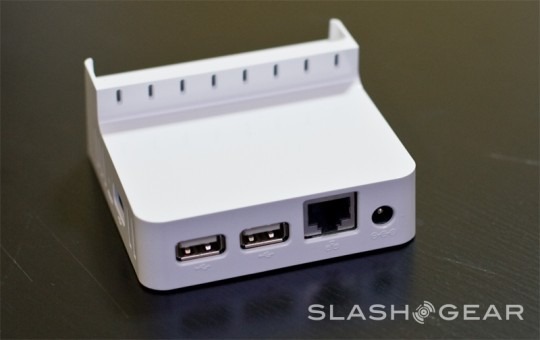
To that basic system Seagate add a far more streamlined dock design, which takes a standard Seagate FreeAgent Go drive slotted in almost perpendicularly, together with an extra three USB 2.0 ports (two on the rear, by the ethernet port, and a third on the side) to add extra external storage. Setup is incredibly simple – at least for the basic functionality – requiring only that power and ethernet connections be made, a FreeAgent Go drive docked, and then stopping by the online registration site to create a user account. A single green LED lights up to show that the dock is online.
From that point on, when you remember you want a copy of the presentation you were working on at home, would like to show your parents a slideshow of holiday snaps, or fancy listening to the new album you've downloaded, it's a simple case of visiting the site and logging in to remotely access your content. You can share directories, too, either by automatically emailing out links – with read or read/write permissions – or via an RSS feed. There's also an iPhone application, and various levels of integration with social networking sites such as Facebook and Twitter.
The $99.99 sticker price of the DockStar includes a year's worth of Pogoplug service (though no FreeAgent Go drive, which start at $89.99 for 250GB); after that period you're looking at a further yearly subscription of $29.99, and that's where we can't quite follow Seagate's thinking. A basic Pogoplug adapter is also $99 and demands no subscription fee; the DockStar throws extra USB connections into the mixture, but that's nothing you couldn't add to the Pogoplug by virtue of a USB hub. The user experience for both is the same.
Our second headache came with trying to access the FreeAgent across the home network, rather than through the Pogoplug interface. While you can certainly log into the drive via Pogoplug from one of your home computers, gaining file access that way, it would make far more sense to connect directly via the dock. Unfortunately Seagate's documentation is less than comprehensive in explaining how this is set up (though the outer packaging does refer to it); in short, Samba SMB shares are established and managed via the DockStar account page online, rather than via a local interface. After you've done that, machines on the same local network will be able to access the DockStar-docked drives as if they were a traditional NAS; moreover, you'll be able to do that without an active subscription.
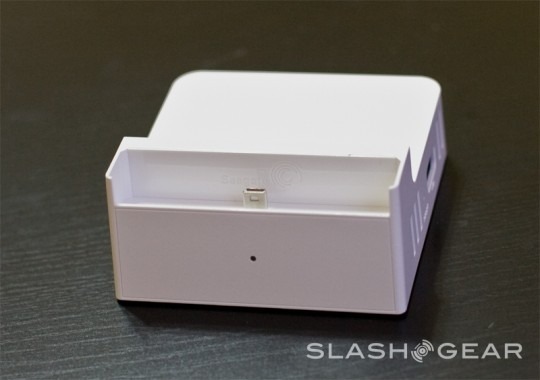
It's arguably something that home users – at whom the DockStar is so obviously targeted – wouldn't especially want to do, but it's a hiccup in what was otherwise a relatively streamlined setup process. When you're selling your product on the virtue of simplicity (and if you're demanding a service fee then we reckon that's exactly what you should be delivering) then every aspect of it should be so obvious. You could give your tech-naive parents the DockStar to set up and they'd probably have only minor difficulties getting the Pogoplug service activated, but local network sharing would likely be beyond them. A default active Samba share for the whole volume, shared with the same password as used for the remote access, would be one obvious way around the situation.
In the end, though, it's the subscription charge that sticks in our craw, not least because it's so obviously been added by Seagate rather than demanded by Pogoplug. Given Seagate's visibility in retail stores most buyers of the DockStar are unlikely to ever discover that they could have had pretty much the same user experience without tying themselves into a yearly fee, and that feels unfair. If you're desperate to avoid the wiring required by plugging a USB hub into a Pogoplug then the Seagate is the neater solution, but we reckon most people – like us – would decide that $30 saved each year was enough to forgive it that.

